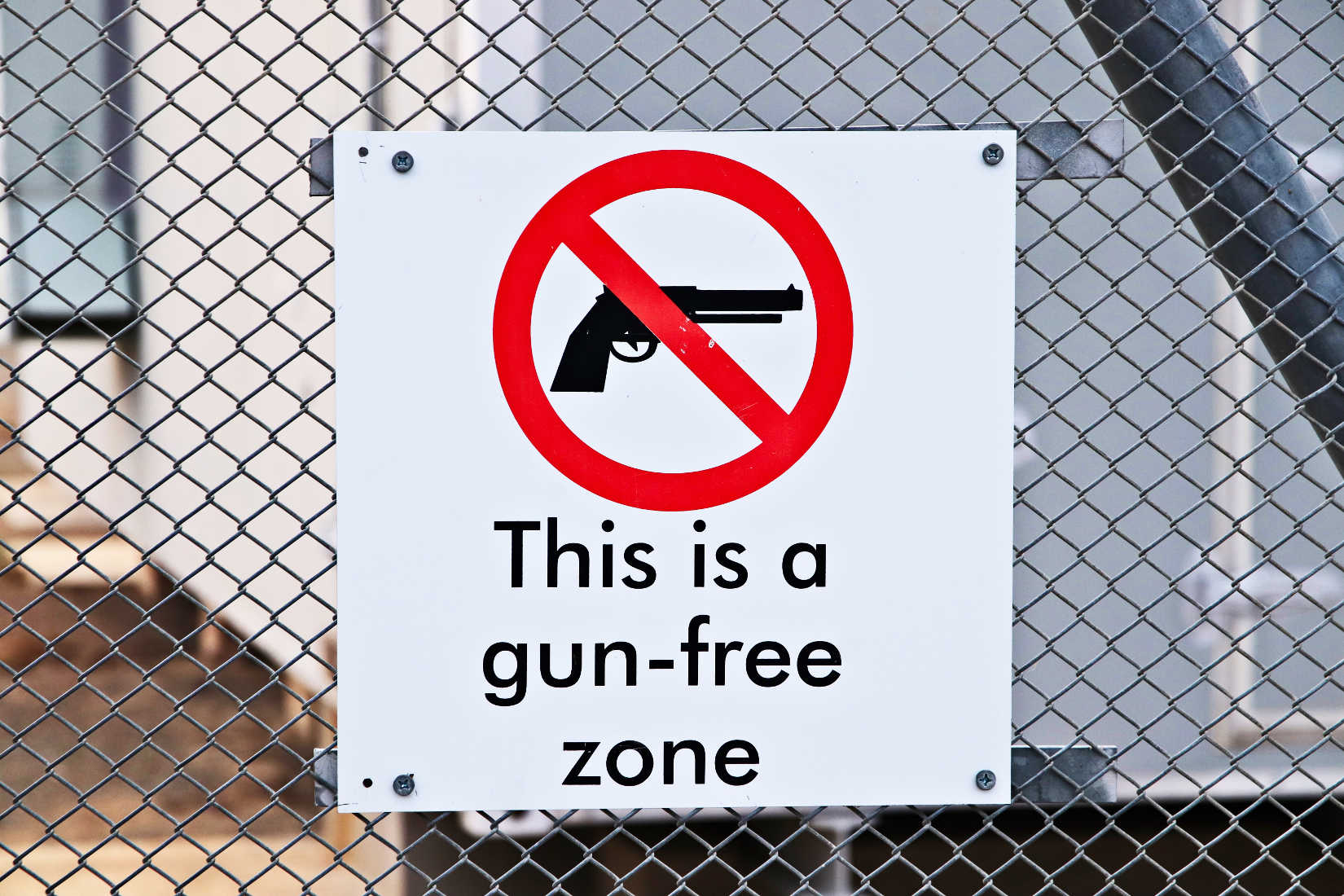By: Teresa Mull
The Virginia Pilot has just revealed that one of DeWayne Craddock’s colleagues had considered bringing a gun to work on the day he opened fire at the Virginia Beach Municipal Center, killing 12 people, including Kate Nixon.
According to her attorney, Nixon decided not to bring a gun to work because of the building’s “gun free zone” policy.
The Pilot reports:
The public utilities engineer was concerned about DeWayne Craddock "as well as one other person," said Kevin Martingayle, an attorney working with Nixon’s family. So on the night of May 30, Nixon had discussed with her husband, Jason, "whether or not she should take a pistol and hide it in her handbag," Martingayle said. She decided against it because of a city policy that prevents employees from bringing weapons to work.
The next day, Craddock, who had worked as a city public utilities engineer for nine years, used a .45-caliber handgun with a legally purchased silencer to fire at colleagues in Building 2 of the city’s Municipal Center in Princess Anne.
"The night before it happened they had that discussion," [Martingayle] said on [on WHRV’s "HearSay with Cathy Lewis" radio show]. "There was obviously something big going on."
The Nixon family is pushing for an external investigation into the shooting, Matingayle said.
So-called “gun free zones,” as Erich Pratt, Executive Director of Gun Owners of America, wrote in USA Today last year, have served as “magnets for killers.”
In fact, the Crime Prevention Research Center (CPRC) has found that 97.8 percent of mass public shootings between 1950 and 2018 have occurred in “gun free zones.”
Some of the deadliest mass shootings in this country’s history have occurred in so-called gun free zones, and most of the recent shootings that have made the news have happened in these shooter safe-havens:
Nikolas Cruz killed 17 people in 2018 in Parkland, Florida at a school, a gun free zone.
Omar Mateen murdered 49 people in 2016 in Florida at Pulse Nightclub, a gun free zone.
Syed Rizwan Farook and Tashfeen Malik killed 14 people in 2015 in San Bernardino, California in a public building and gun free zone.
Dylann Storm Roof took the lives of 9 people in South Carolina in 2015 at a church, which, according to state law, is a gun free zone.
Aaron Alexis killed 12 people in 2013 at the Washington, D.C. Navy Yard, where only military police are permitted to carry a firearm.
Adam Lanza murdered 27 people, many of them children, in Newtown, Connecticut in 2012, at Sandy Hook Elementary School, a gun free zone.
The list goes on. CPRC has compiled an excel sheet of all the mass public shootings between 1998 and 2018, along with a case-by-case discussion of which shootings have happened in gun free zones.
‘Sitting Duck Zones’
Dudley Brown, President of the National Association for Gun Rights, says gun free zones attract killers looking to prey on innocent, law-abiding citizens.
“Gun free zones are, as so much evidence proves, essentially ‘sitting duck’ zones, where only criminals are armed,” Brown told Gunpowder Magazine. “So-called ‘gun free zones’ illustrate, better than any other anti-gun mandate, how, like any law, gun control only controls law-abiding citizens, and does nothing to thwart criminals.
“In fact,” Brown continued, “gun free zones provide killers with an easy target – a place 98 percent of mass shooters have taken advantage of to carry out the most amount of bloodshed possible, time and time again. Lawmakers need to wake up to the facts: Gun free zones make mass shootings worse.”
More Guns, Fewer Mass Shootings
Access to firearms has helped stop many mass shootings, or prevent them altogether, despite what the mainstream media may proclaim.
In 2007, Mathew Murray killed four people at a church in Colorado Springs before a member, Jeanne Assam—a former police officer—shot Murray, who later resorted to suicide instead of being arrested.
In 2013, an armed gunman opened fire in Atlanta’s Prince Middle School. After wounding one student, an armed resource officer shot the attacker, saving the lives of other students inside the school.
Both the Colorado Springs and Atlanta shootings took place in gun-free zones.
“Within the past month,” Pratt wrote last year, “two potential mass shootings were averted by law-abiding citizens who used their concealed firearms.”
In October 2018, an armed father returned fire on a gunman who started shooting up a McDonald’s in Alabama. The father is being hailed a hero for saving the lives of his sons and countless patrons.
The Crime Prevention Research Center has compiled lists of cases in which concealed handgun permit holders have stopped mass public shootings and other mass attacks, including church shootings. Gunpowder Magazine also reports on such instances under its “Good Guys with Guns” tag.
Teresa Mull is editor of Gunpowder Magazine. Contact her at [email protected].

